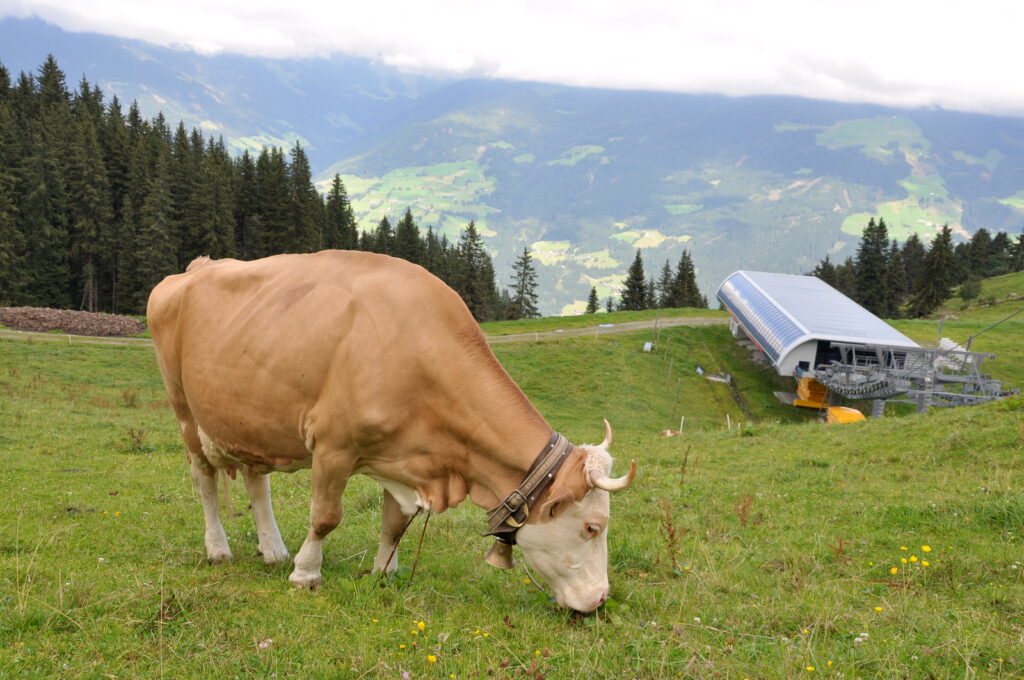Imagine a creamy, rich milk that not only tantalizes your taste buds but also brings a host of health benefits. Welcome to the world of alpine milk! Sourced from cows grazing on lush green pastures high in the mountains, this unique dairy product is gaining attention for its exceptional quality and flavor. But what exactly makes alpine milk so special? Join us as we delve into its history, nutritional value, and numerous uses in both culinary delights and beauty routines. Whether you’re a food lover or someone keen on natural wellness, there’s something here for everyone to discover about this remarkable beverage.
What is Alpine Milk?
Alpine milk is a premium dairy product derived from cows that graze in high-altitude pastures, typically found in mountainous regions. The unique environment provides an abundance of diverse grasses and wildflowers, contributing to the milk’s distinct flavor and nutritional profile.
This milk is often characterized by its creamy texture and rich taste. Many enthusiasts describe it as having a slightly sweeter quality compared to standard cow’s milk.
The elevation plays a crucial role; cooler temperatures help maintain the health of the cattle while also influencing forage growth. As these animals roam freely in pristine settings, they produce high-quality milk celebrated for its purity.
Alpine milk stands out not just for its taste but also for its commitment to sustainable farming practices, making it an eco-friendly choice for conscious consumers seeking natural products.
History and Origin of Alpine Milk
Alpine milk has roots that stretch back centuries, originating in the pristine mountainous regions of Europe. This specialty dairy product is sourced from cows grazing on lush pastures at high altitudes. The unique flora found in these alpine meadows contributes to the distinct taste and quality of the milk.
Traditionally, shepherds would move their herds to higher elevations during summer months. This seasonal migration allowed for fresh grazing and a richer diet for the cows. As a result, the milk produced was not only creamier but also packed with nutrients.
The practice has been passed down through generations, preserving both technique and heritage. Today, alpine milk plays an important role in local economies while maintaining its connection to ancient pastoral traditions. Its artisanal production methods highlight a commitment to sustainability and quality that remains relevant even today.
Nutritional Value of Alpine Milk
Alpine milk stands out for its rich nutritional profile. It is packed with essential vitamins and minerals that contribute to overall health.
One of the key highlights is its high calcium content, vital for maintaining strong bones and teeth. Additionally, alpine milk contains significant levels of vitamin D, which aids in calcium absorption.
The protein found in alpine milk is easily digestible, making it an excellent choice for muscle repair and growth. Its healthy fats provide energy while supporting brain function.
Moreover, this milk boasts a variety of B vitamins that play a crucial role in metabolism and energy production. Antioxidants present help combat oxidative stress within the body.
With minimal processing involved during production, many nutrients remain intact compared to conventional milks. This retention ensures you receive maximum health benefits from every sip.
Health Benefits of Alpine Milk
Alpine milk is celebrated for its impressive health benefits. Rich in essential nutrients, it supports overall wellness and vitality.
Packed with vitamins A, D, and B12, this milk contributes to healthy vision and strong bones. Its higher fat content often includes beneficial fatty acids that can aid heart health.
Many people find alpine milk easier to digest than regular cow’s milk. This attribute makes it a good choice for those who are lactose intolerant or have sensitive stomachs.
Moreover, the protein composition in alpine milk promotes muscle growth and repair. It’s an excellent option for athletes seeking natural sources of nutrition after workouts.
Additionally, the unique minerals found in alpine regions boost immunity and improve skin health. Regular consumption may also support better hydration due to its high water content combined with nutrients.
Production Process of Alpine Milk
The production of alpine milk begins high in the mountains, where cows graze on nutrient-rich grasses and herbs. These pastures are untouched by pesticides or chemical fertilizers, ensuring a pure source of nutrition for the animals.
During milking season, farmers carefully monitor their herds. The milking process is done by hand or with specialized equipment to maintain hygiene and quality. Each drop of milk reflects the pristine environment from which it comes.
Once collected, the milk undergoes pasteurization to eliminate harmful bacteria while preserving its natural flavors and nutrients. This step is crucial in maintaining safety without compromising taste.
Alpine milk is packaged for distribution. It’s often sold fresh at local markets or processed into cheese and yogurt varieties that showcase its unique flavor profile. The dedication to traditional methods ensures every sip carries a piece of the Alpine heritage.
Uses of Alpine Milk in Culinary and Beauty Industry
Alpine milk is a versatile ingredient celebrated in both culinary and beauty applications. In the kitchen, its rich, creamy texture enhances various recipes. Chefs often use it to create decadent sauces, custards, and desserts that delight the palate.
This milk also shines in dairy products like cheese and yogurt. Its unique flavor profile adds depth to artisanal cheeses, making them favorites among gourmets.
In the beauty industry, alpine milk’s nourishing properties are harnessed for skincare. Packed with vitamins and minerals, it hydrates skin effectively. Many brands incorporate this ingredient into lotions and creams for its soothing benefits.
Hair care enthusiasts enjoy alpine milk-infused shampoos and conditioners as they promote healthy hair growth while adding shine. This dual appeal makes alpine milk an exciting choice for those seeking natural solutions in their culinary creations or beauty routines.
The Growing Popularity of Alpine Milk and its Availability
Alpine milk is gaining traction in health-conscious circles. People are becoming more aware of its unique qualities and benefits. This surge in popularity can be attributed to the rise of organic and natural food trends.
Consumers are now seeking out high-quality dairy products that offer rich flavors and nutritional advantages. Alpine milk, sourced from cows grazing on lush alpine pastures, fits this demand perfectly.
Specialty stores and farmers’ markets have started to stock it prominently. Many online retailers also provide a wider reach, making alpine milk accessible to those who may not find it locally.
As awareness grows about sustainable farming practices associated with alpine dairies, more people want to support environmentally friendly options. The combination of taste, nutrition, and ethics makes alpine milk an appealing choice for many households today.
Conclusion
Alpine milk is more than just a dairy product; it’s a journey through the pristine landscapes of high-altitude farms. Its rich history and unique production process make it stand out in the world of nutrition. The health benefits are numerous, making it an excellent choice for those seeking to enhance their diet.
The culinary applications for alpine milk are diverse, ranging from creamy cheeses to indulgent desserts. It also finds its place in beauty products, showcasing its versatility beyond the kitchen. As awareness grows about its benefits and quality, so does its popularity across various markets.
As you explore your options for incorporating this nutritious milk into your lifestyle, consider not only how it can nourish but also how it connects you with nature’s bounty. Embracing alpine milk means savoring a taste that carries the essence of mountain pastures right to your table or skincare routine.

















